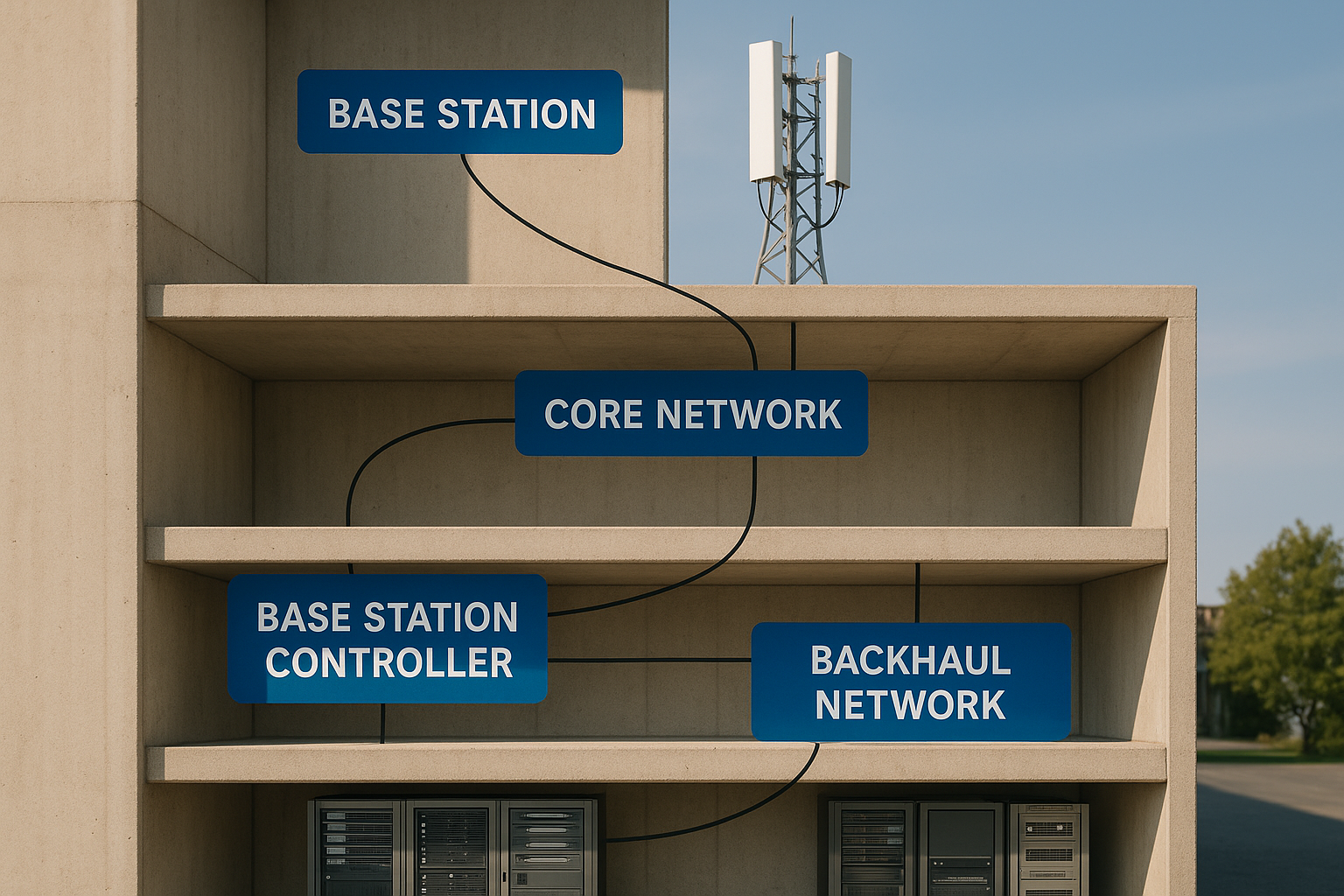Master Cellular Network Architecture for Unlimited Connectivity Gains
Unlock the full potential of your connectivity by mastering cellular network architecture, and see these options to enhance your digital experience.
Understanding Cellular Network Architecture
Cellular network architecture is the backbone of modern communication, enabling seamless connectivity across vast distances. At its core, this architecture is designed to efficiently manage and route data between mobile devices and the internet, ensuring that users enjoy uninterrupted service. The architecture consists of several key components, including the Radio Access Network (RAN), the core network, and user equipment. Together, these elements work harmoniously to provide the robust and reliable connectivity that users have come to expect.
The RAN is responsible for connecting individual devices to the network, utilizing a combination of cell towers and small cells to cover large areas. The core network, on the other hand, manages the data exchange processes, handling everything from authentication to data transfer. By optimizing these components, cellular networks can deliver faster speeds and greater capacity, which is crucial in today's data-driven world.
The Evolution of Cellular Networks
The journey from first-generation (1G) to fifth-generation (5G) networks has been marked by significant advancements in technology and infrastructure. Each generation has brought about improvements in speed, capacity, and latency, allowing for more complex and data-intensive applications. With 5G, users can expect ultra-fast download speeds, reduced latency, and the ability to connect a multitude of devices simultaneously, making it a game-changer for industries and consumers alike.
For businesses, the transition to 5G opens up new possibilities for innovation and efficiency. Industries such as healthcare, manufacturing, and transportation can leverage 5G's capabilities to implement advanced technologies like the Internet of Things (IoT), artificial intelligence (AI), and augmented reality (AR). These technologies rely on high-speed, low-latency networks to function effectively, and 5G provides the perfect platform for their deployment.
